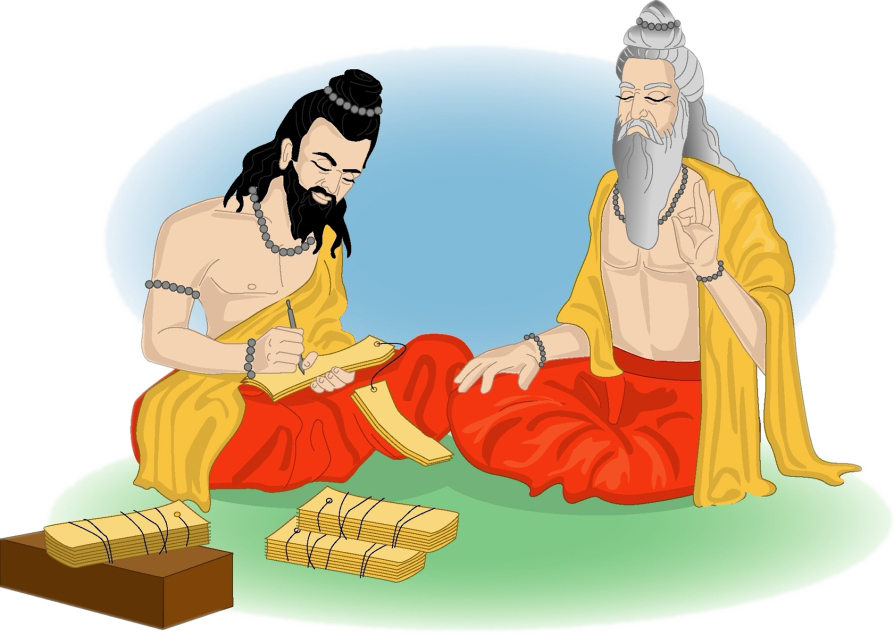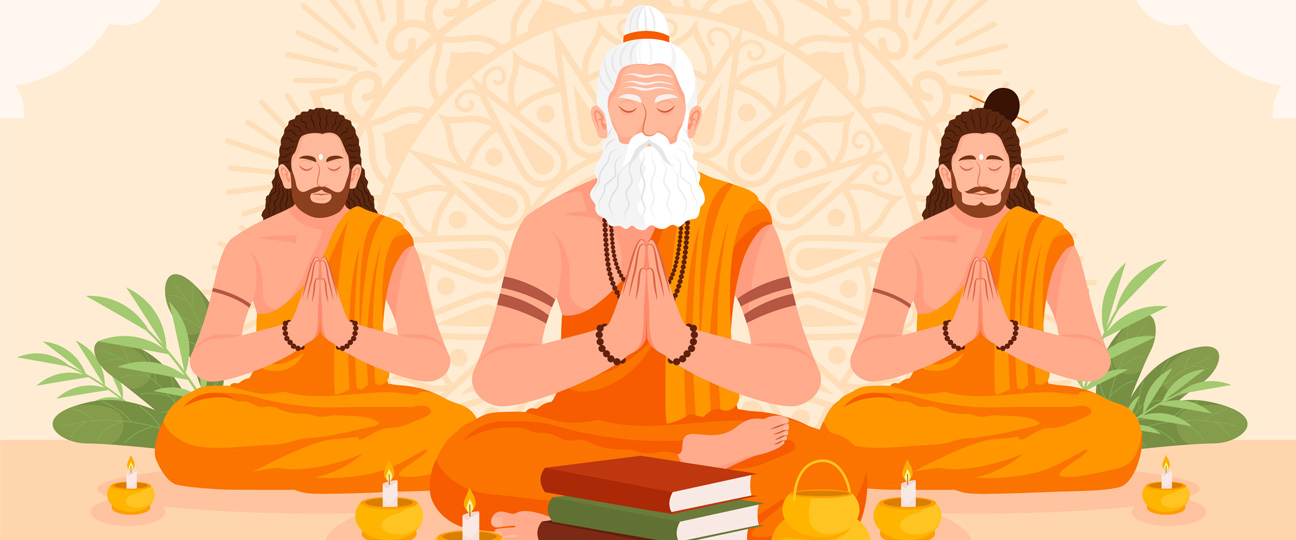


The traditional Indian Architecture Institution started on 2nd February 2000. It’s a registered firm. The founder of the institution is Late Jothisha Rathna Sowma. Master Yuvaraj Sowma is the managing director of the institutions. Er Kirubananda Sowma is the director and trainer of the institutions.
The intention of the institutions is to promote ancient knowledge to the younger generation. Master Yuvaraj sowma simplified the ancient wisdom for better understanding. Our study material is one of the most popular among the others. Mostly our students are from Architecture and Civil Engineering departments.

The Term” Vasthu” is derived form the word vasa, meaning habitat and, in Sanskrit, vast is referred to as the site for construction of a residence. The word “Vasthu” refers to both the site on which a building is raised and to the building itself. “Sastra” means science. Other terms that refer to the same topic include the art of placement, science of architecture, science of construction, science of dwelling, science of energy flow, and law of nature.
It is believed that Vasthu Sastra developed sometime between 10,000 BC and subsequently one can fine reference to it in the holy epics of Ramayana and Mahabharata, in an era when philosophy was a way of life. In the ancient Vedic literature, especially in the Matsya Purana, the 18 originators of the science of Vasthu Sastra are mentioned. Among them, Maya the great scientist, architect and town planner of old India is generally recognised as the author of Vasthu Sastra. The science of town planning during the Vedic period (2500 BC 200AD) was given paramount importance to the extent that Indo-Aryans perfectly shaped human settlements into various categories depending upon the characteristics of the population. The application of Vasthu Sastra extended not only to residences and temples but also to military barracks, market places, ports, administration buildings and, of course, palaces, of which many have withstood the test of time. Vasthu Sastra goes beyond architecture. Ancient masters have recorded its principles which encompass the geological, geophysical and, above all cosmological and celestial. In ancient India, architecture, medicine, astrology, philosophy and spirituality exist in complete cross relations to one another, their boundaries over lapping and enriching one another.


The Term” Vasthu” is derived form the word vasa, meaning habitat and, in Sanskrit, vast is referred to as the site for construction of a residence. The word “Vasthu” refers to both the site on which a building is raised and to the building itself. “Sastra” means science. Other terms that refer to the same topic include the art of placement, science of architecture, science of construction, science of dwelling, science of energy flow, and law of nature.
It is believed that Vasthu Sastra developed sometime between 10,000 BC and subsequently one can fine reference to it in the holy epics of Ramayana and Mahabharata, in an era when philosophy was a way of life. In the ancient Vedic literature, especially in the Matsya Purana, the 18 originators of the science of Vasthu Sastra are mentioned. Among them, Maya the great scientist, architect and town planner of old India is generally recognised as the author of Vasthu Sastra. The science of town planning during the Vedic period (2500 BC 200AD) was given paramount importance to the extent that Indo-Aryans perfectly shaped human settlements into various categories depending upon the characteristics of the population. The application of Vasthu Sastra extended not only to residences and temples but also to military barracks, market places, ports, administration buildings and, of course, palaces, of which many have withstood the test of time. Vasthu Sastra goes beyond architecture. Ancient masters have recorded its principles which encompass the geological, geophysical and, above all cosmological and celestial. In ancient India, architecture, medicine, astrology, philosophy and spirituality exist in complete cross relations to one another, their boundaries over lapping and enriching one another.
